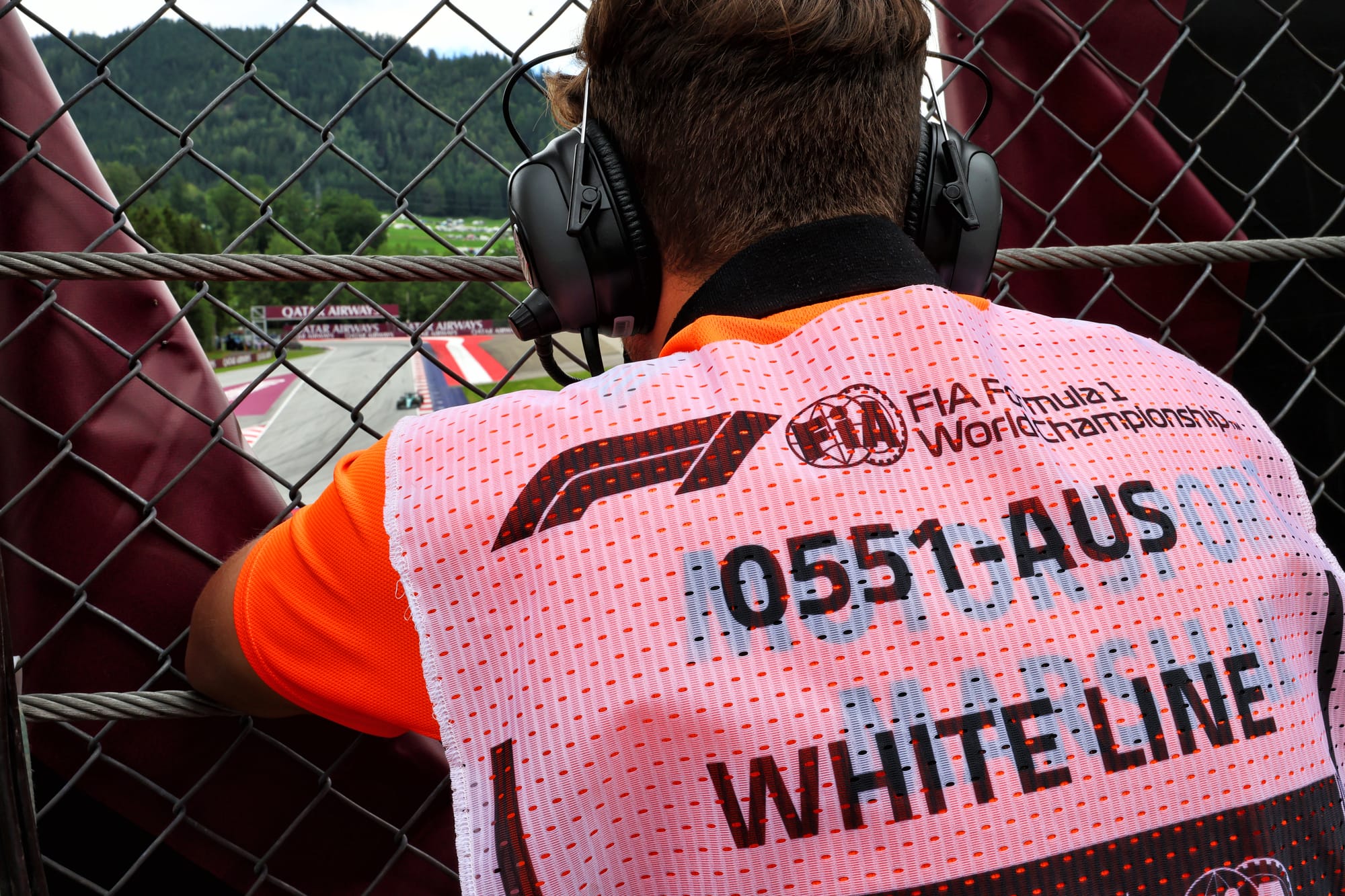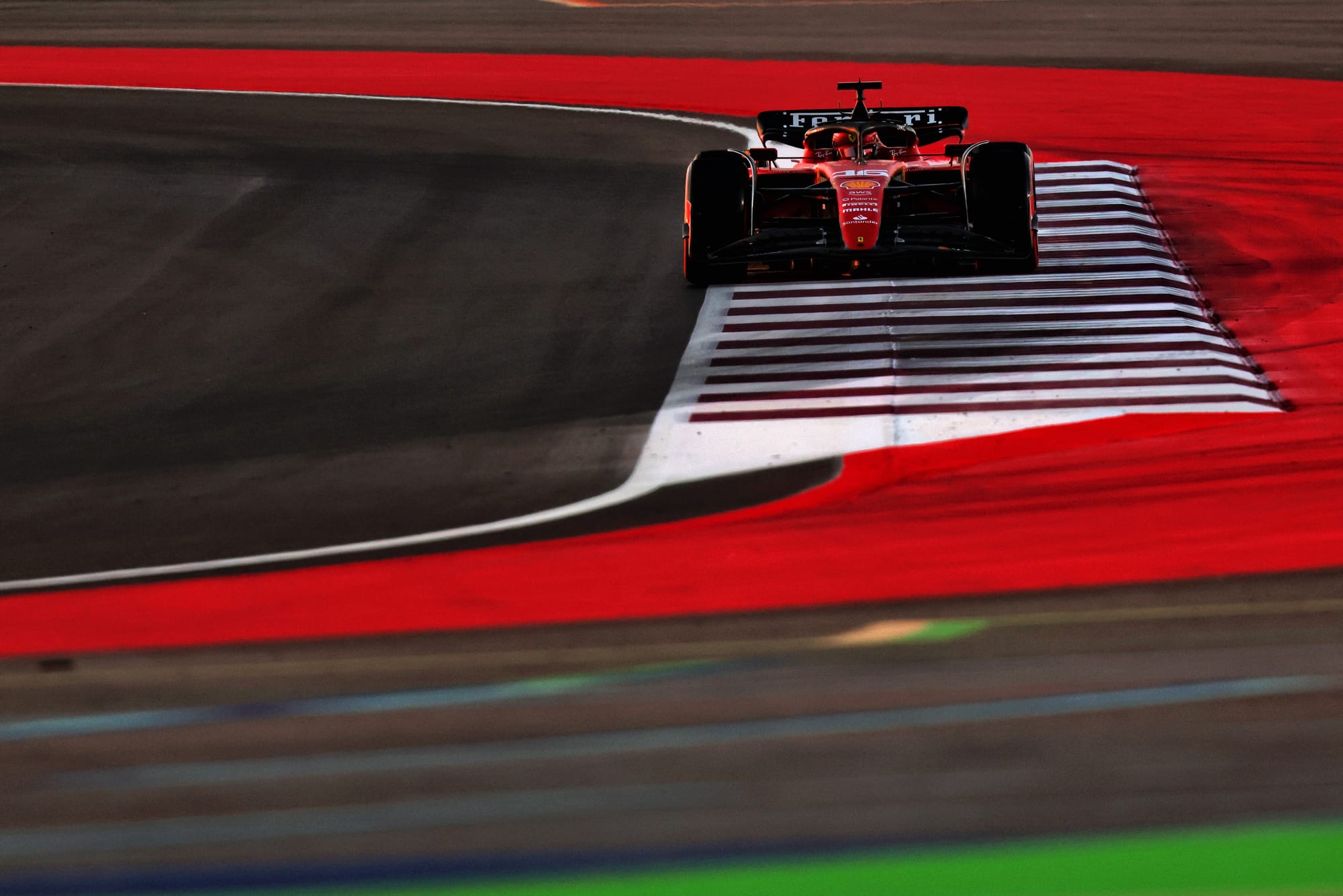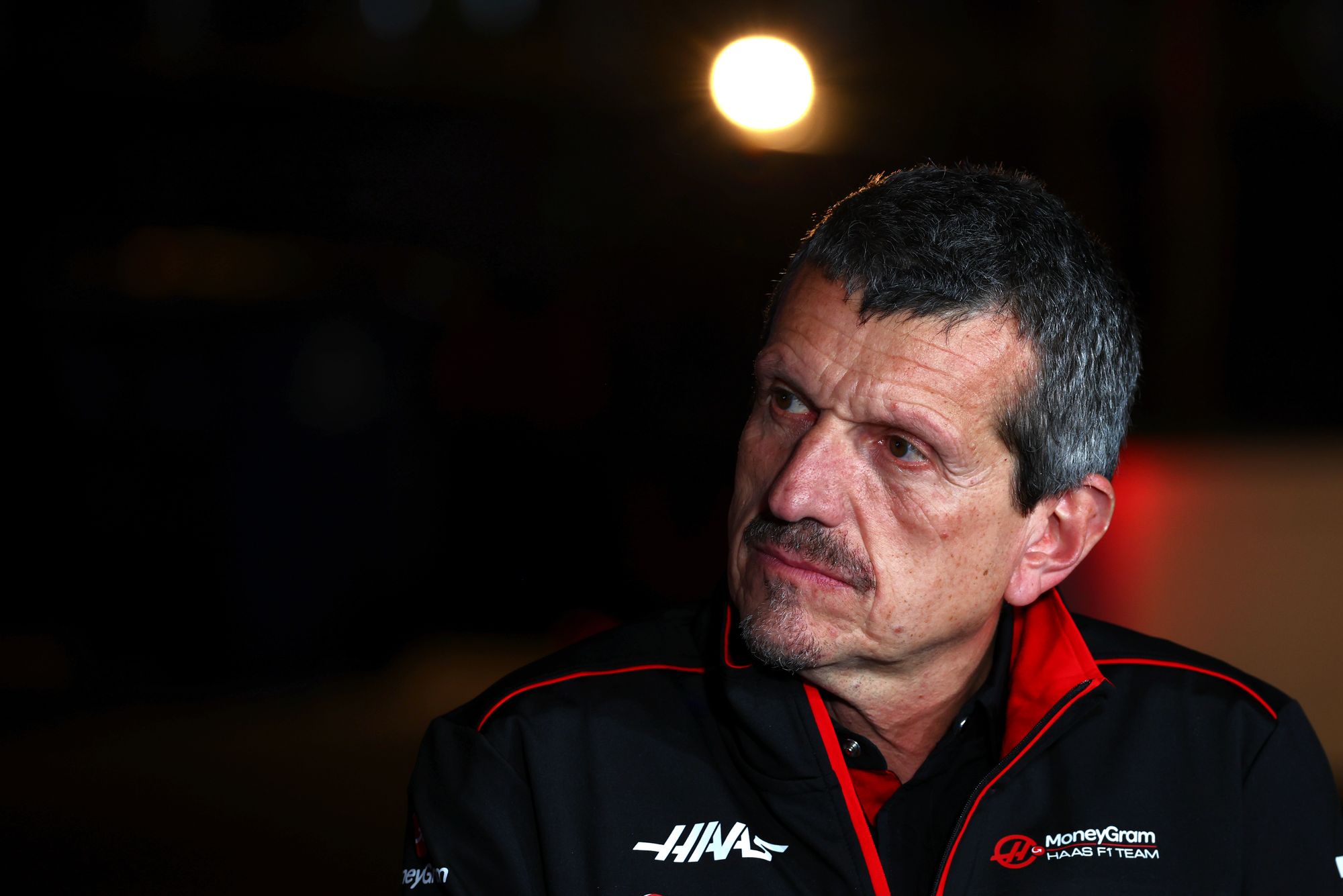Up Next

The FIA will use the 2023 Abu Dhabi Grand Prix to train Artificial Intelligence it hopes will help race control better police Formula 1’s track limits in 2024.
Taking inspiration from medicine’s fight against cancer, the FIA will develop something called Computer Vision to automatically deal with suspected track-limits infringements that are currently marginal enough to require a proper human review of whether an offence has actually been committed but are subsequently dismissed.
The FIA has published an in-house interview with deputy F1 race director Tim Malyon, who also runs the new ‘remote operations centre’ inaugurated to better support F1’s race director after the FIA’s internal review of its 2021 Abu Dhabi debacle. Chris Bentley, the FIA’s single-seater head of information systems strategy, also features, and in it they discuss at length how the ROC has developed over the past two seasons.

Interestingly, the FIA has learned that human judgement of track limits is still more accurate than automatic ‘loop detection’ systems that have been in place for some time. The FIA had 1200 potential infractions to examine during July’s Austrian Grand Prix, when the result was dramatically altered after the chequered flag following a protest from Aston Martin, and realised afterwards the loops were sometimes reporting erroneously.
Malyon said: “If you took out all the ones that were being erroneously reported by the loops, and then did the analysis to say all the ones that were correctly reported by the loops, were they also captured by the human, the answer was yes.
“So we basically concluded that the loops were insufficiently accurate. And that by far our most accurate solution was having a data analyst looking at the video itself. In fact, that’s an interesting element of the story - as currently, through loop positioning, through GPS positioning etc, the human still wins.”
Bentley added: “We’ve turned off loops now for every circuit unless there’s a chicane, because it just gets in the way of what we’re trying to achieve. And ultimately the rule of thumb is that if it’s too close to call, then the benefit of the doubt goes with the driver.”
With all this in mind, the FIA doubled the number of people working on track limits for the ROC from four to eight in time for October’s Qatar Grand Prix, where it says “820 corner passes were then whittled own to 141 reports sent to race control and of those, race control elected to delete 51 laps,” according to Malyon.
“Because of Austria and improvements made to the software, we can deal with those checks [quicker] and turn them into 150 reports,” he added. “Now it’s simple a case of clicking down a list of reports and saying yes or no.”

The FIA now wants to train the AI to automate that process further - so instead of eight humans having to turn 800-plus incidents into 140-plus reports of which only 51 are actually relevant, those 800 or so incidents will immediately become 51 reports of actual offences that need reviewing to determine penalties.
This will be done, according to Bentley, by Computer Vision doing shape analysis using “a line that is the track edge and the software works out the number of pixels past that line”.
“At the moment we’ve ‘brute forced’ the situation by saying, ‘We need to make thousands of checks, how do we do that?'” adds Malyon. “Well, we throw people at it, because that’s the most accurate solution. What we’re looking to do now is introduce a level above ROC, and that’s AI software.”
He said the lesson from the world of medicine is that “they don’t want to use Computer Vision to diagnose cancer, what they want to do is to use it to throw out the 80% of cases where there clearly is no cancer in order to give the well-trained people more time to look at the 20%. And that’s what we are targeting”.
“What we’re targeting with the AI is to take that 800 [Qatar incidents] down to 50 [proper reports] - to remove the ones that clearly don’t need a human review,” he said. “And that will allow the expert users in the ROC to look at a smaller number of potential infringements, which should further reduce the number of reports that go to race control, and overall increase the speed of processing.
“I’ve said repeatedly that the human is winning at the moment in certain areas. That might be the case now but we do feel that ultimately, real-time, automated policing systems are the way forward.”
It doesn’t sound like this will address the sort of issue F1 encountered at Austin, where the circuit CCTV camera was incorrectly positioned for effective monitoring of Turn 6.
But any moves to improve the general policing of track limits will no doubt be welcome, given the stinging criticism of the current system by the FIA’s own stewards in their ruling on Haas’s failed right of review petition following that race.




